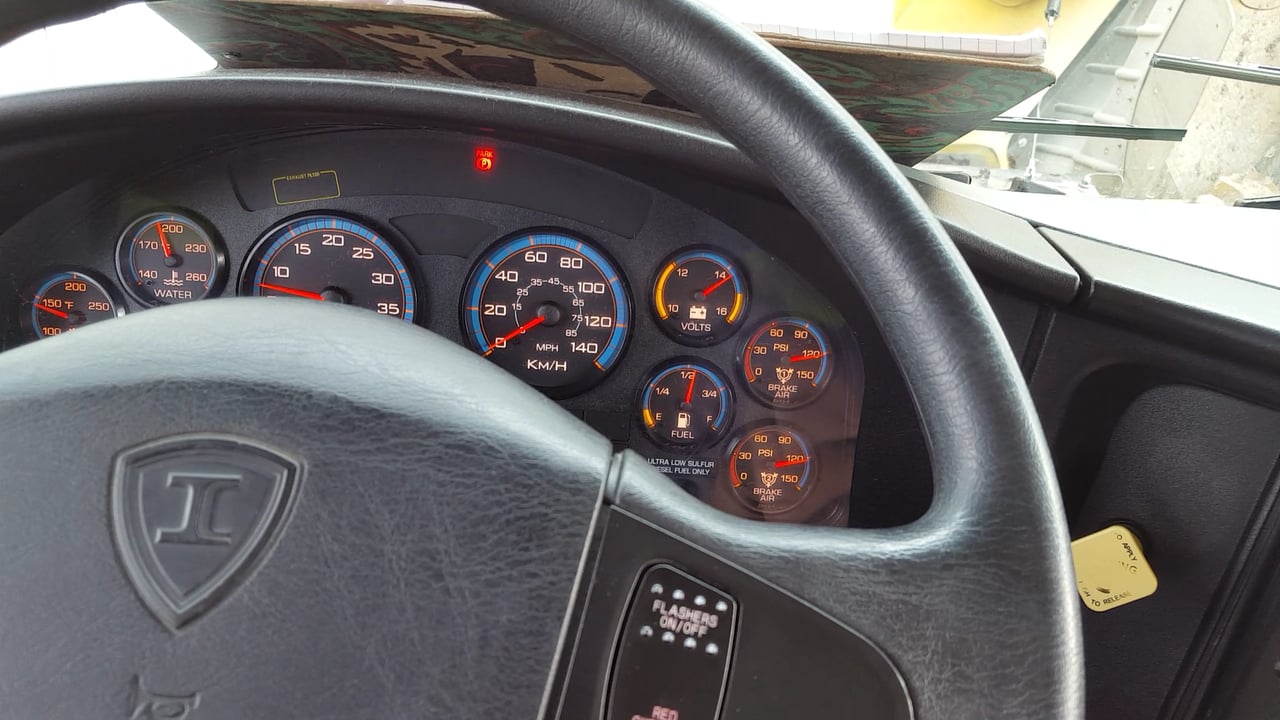In 2012 we acquired seven Navistar school buses with Maxxforce 7 diesel engines. They have been fairly reliable since then with a few glitches here and there. I think it’s important to share some of our experiences with other Maxxforce 7 owners. 2012 was the last year that Navistar could sell their own diesel engines because of the EPA demand for cleaner emissions. All of the Navistar buses we have been buying since then come with the Cummins ISB.
The MaxxForce 7 is a V8 and as you saw in the video has a lot of hardware attached to the basic block with the remote mounted Bendix air compressor included. 3 of these buses have had failed high pressure fuel pumps. The engine oil gets diluted and reduces oil pressure. Our fleet PM includes oil samples every oil change and they came back to us with a big red flag that there was fuel in the engine oil.
There’s an exhaust management valve that has failed a few times that controls the exhaust brake and causes some dash warning lights to flash up. We found if we unplug the unit the engine code light will stay on but the bus can be driven back to the shop. As I said these are minor occurrences and don’t cause any breakdowns on the road.
I said earlier the high pressure fuel system pump has failed on a few of our buses leaking into the crankcase. The fuel system is common rail running as high as 28,000 psi. That is a ton of fuel pressure. The high pressure common rail has been designed to increase fuel mileage with more precise fuel dosing, injection timing and a cleaner burn.
The displacement is 6.4L and valve adjustment is not required. We’ve been finding most of our newer diesel engines even as far back as 2006 do not require much if any valve adjustment. In fact we have not pulled a head on any of our diesel engines for several years. The engine block and top end on all of our diesels are much more reliable and durable.
I would guess low sulfur fuel, low ash engine oil and cleaner combustion is contributing to less wear and fatigue. The only drawback is trying to push out the soot and ash that collects on the air intake and exhaust systems including the sensors. It’s all part of the EPA clean air movement that will never go away. The mechanics in today’s world need to stay educated and have the right tools to tackle diesel engine problems.







